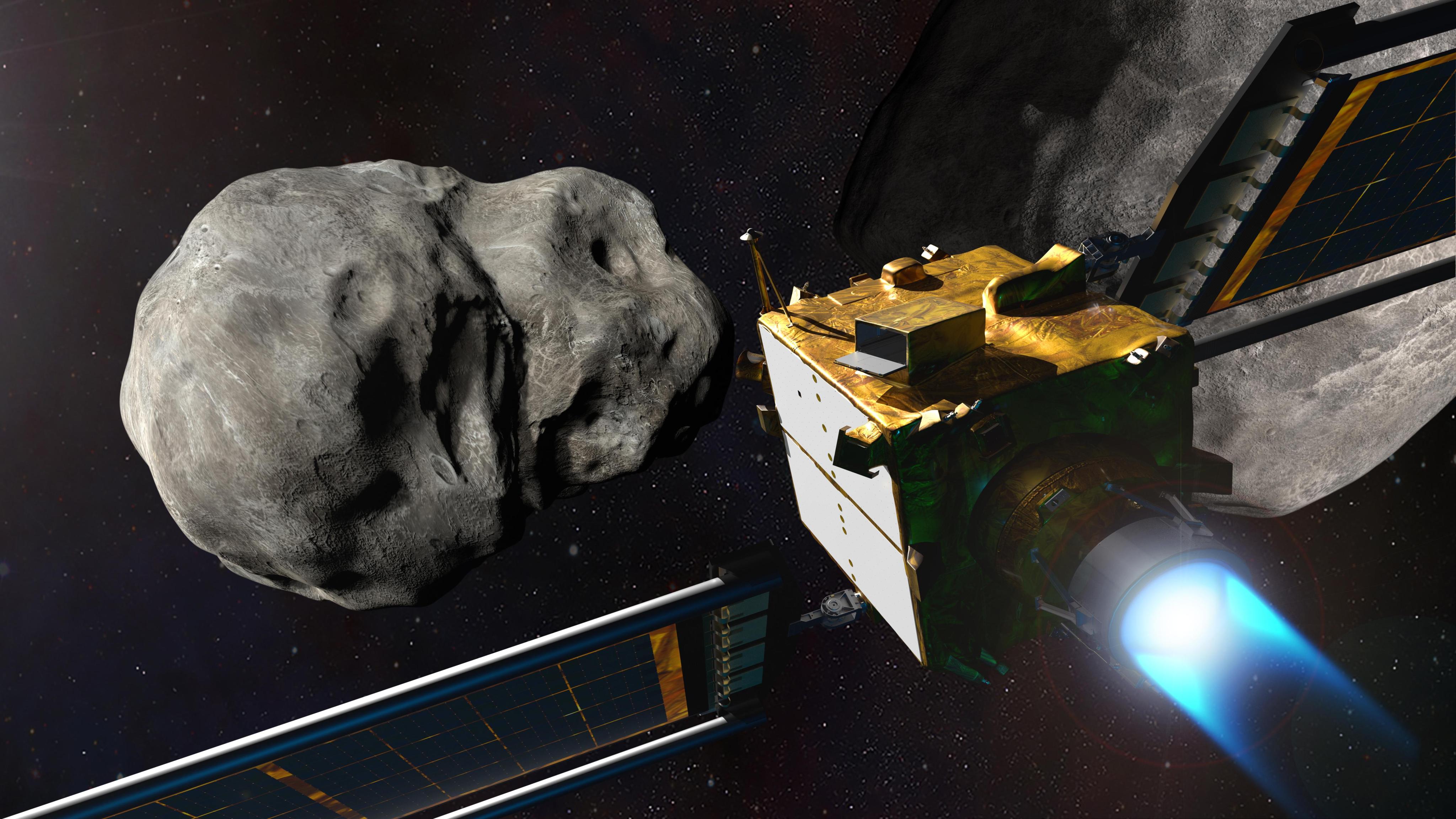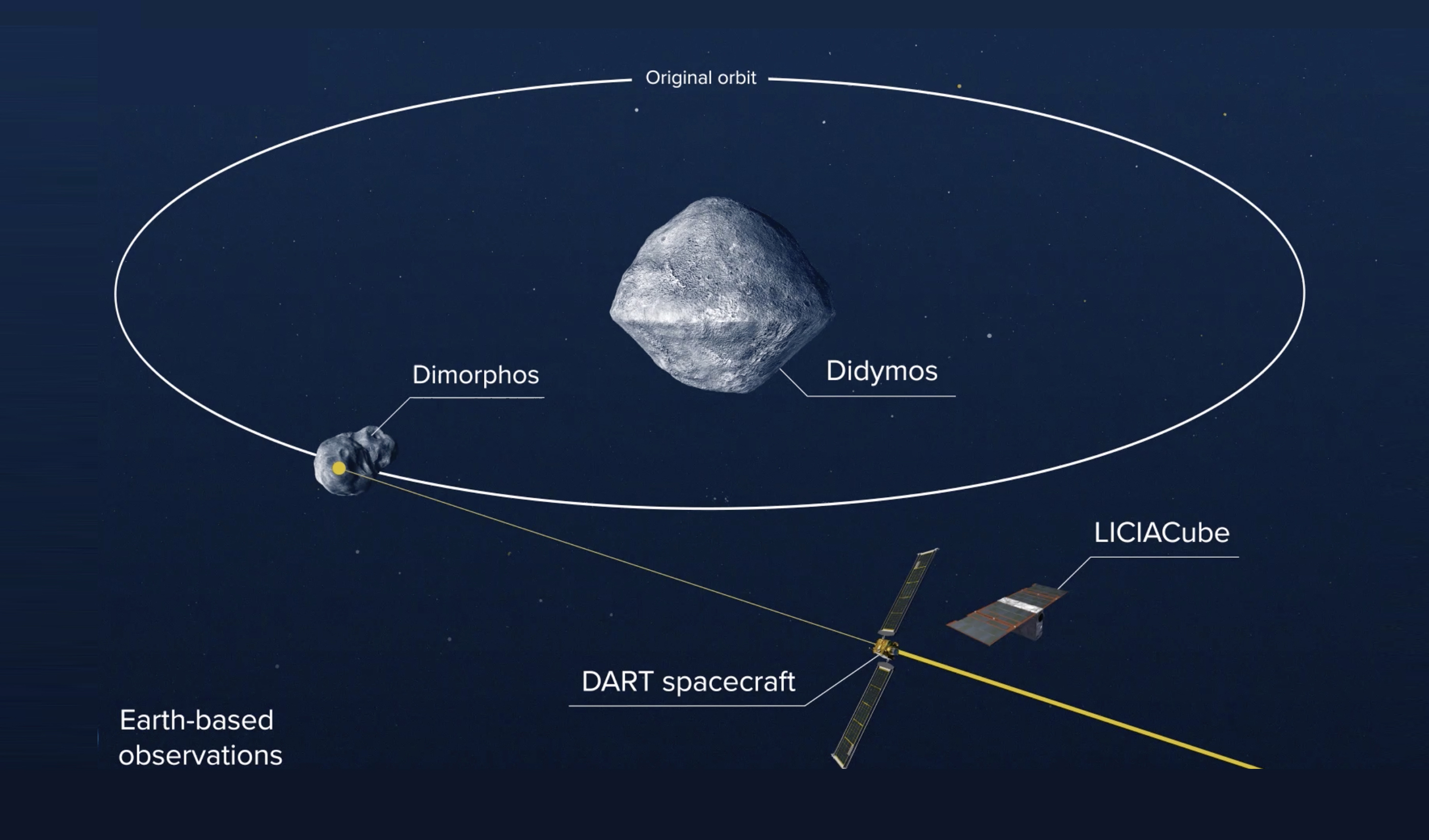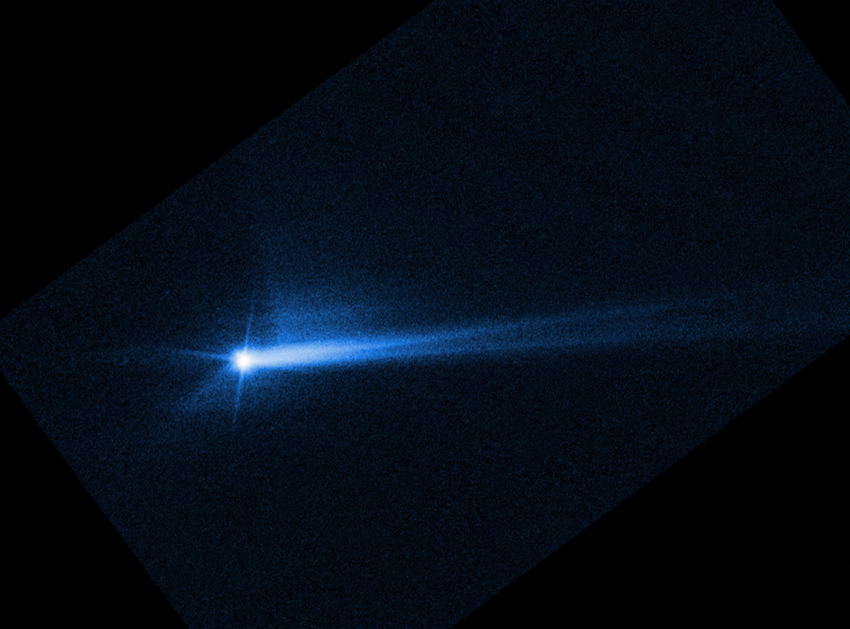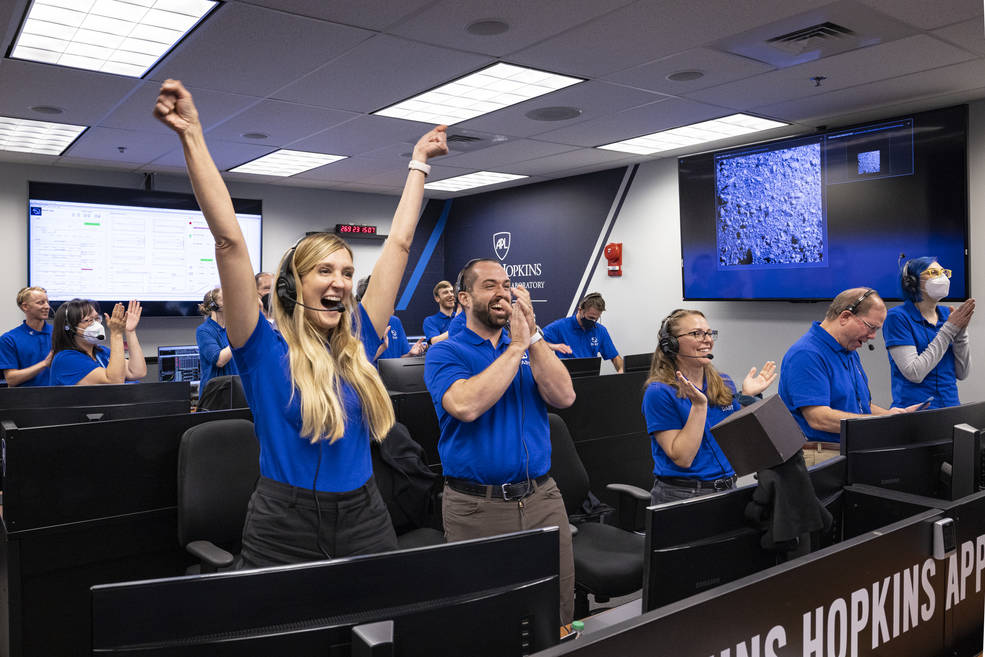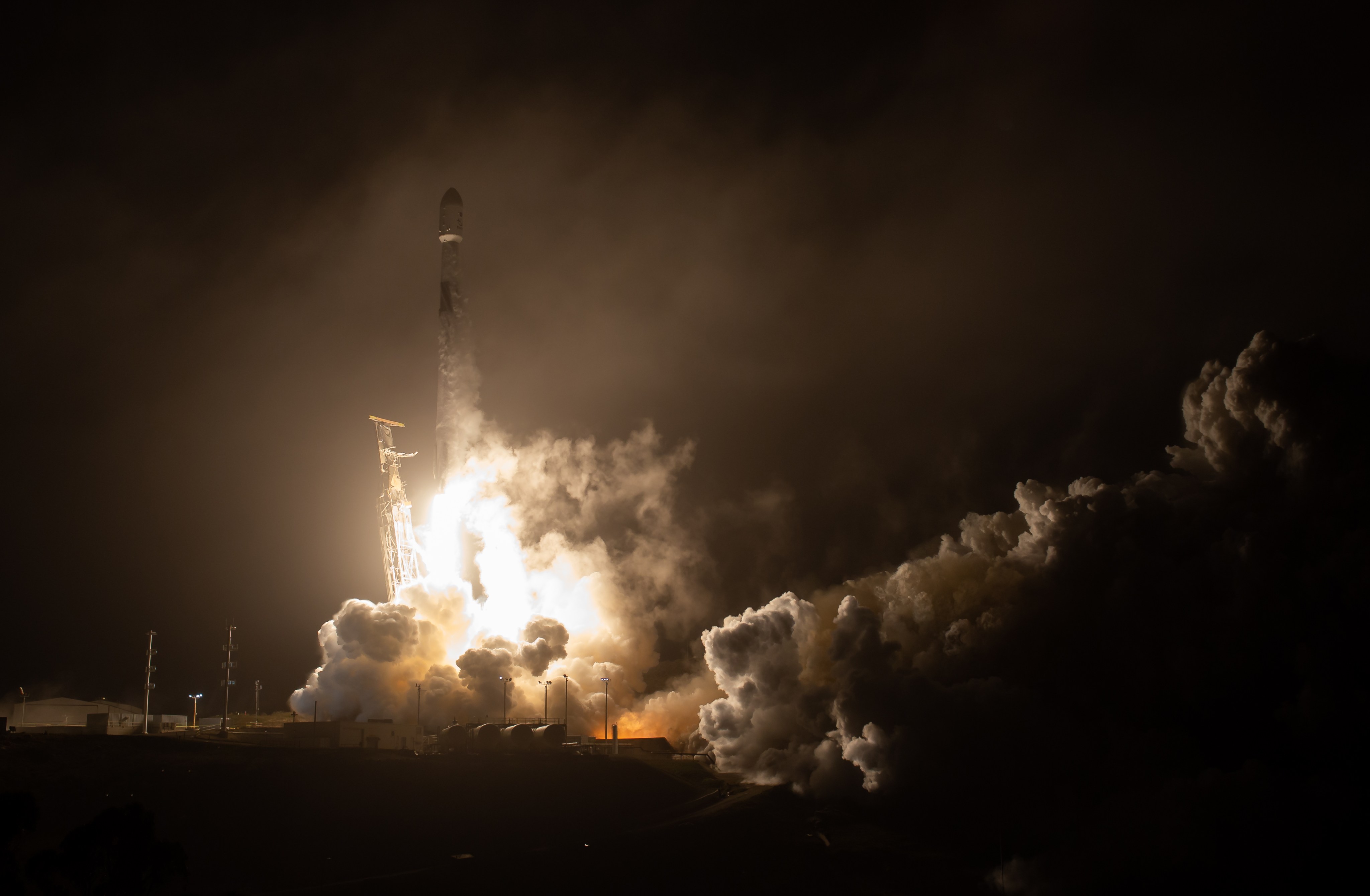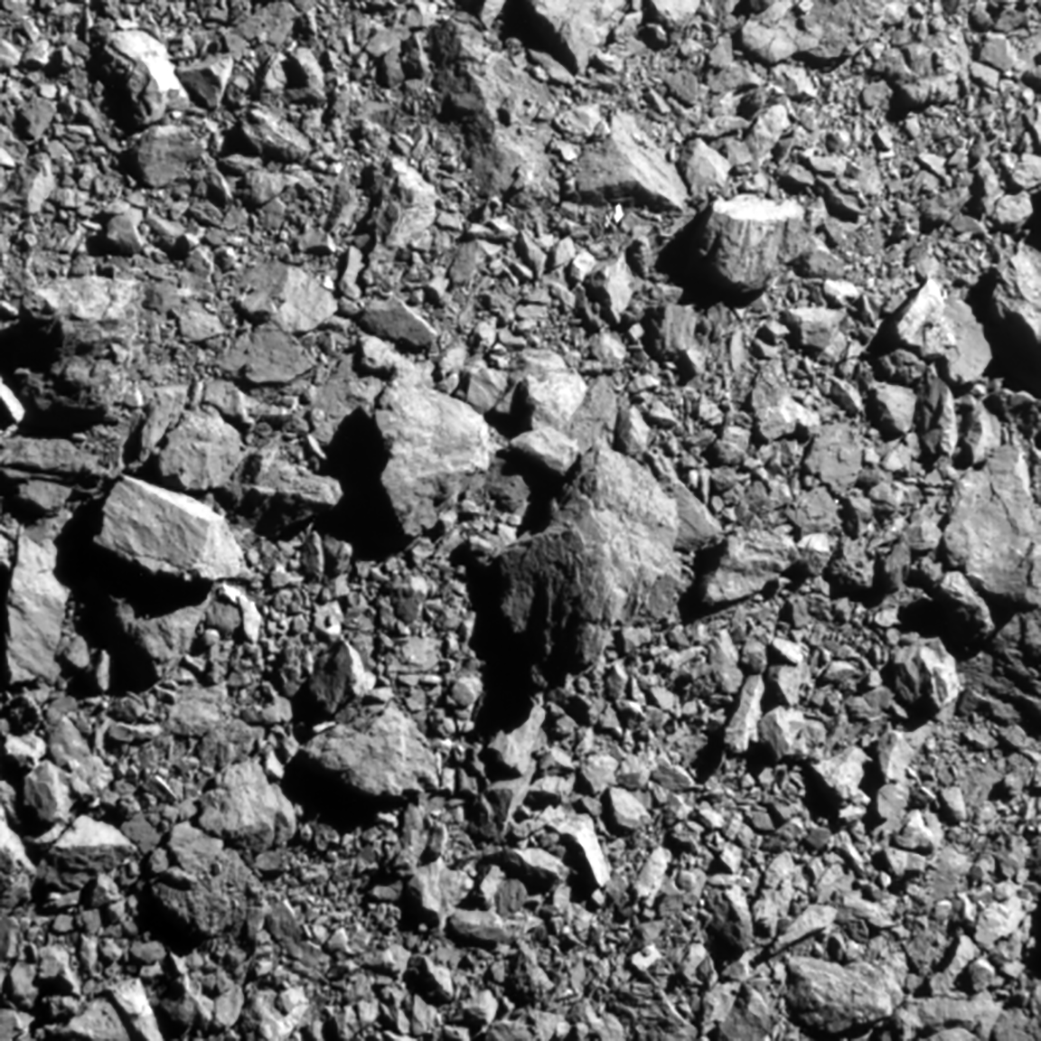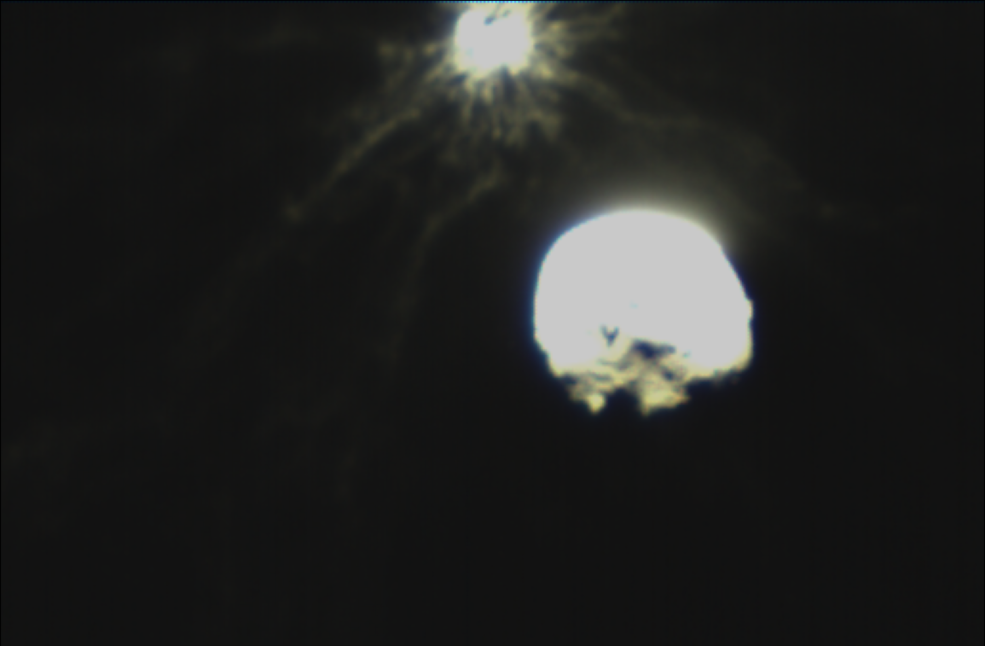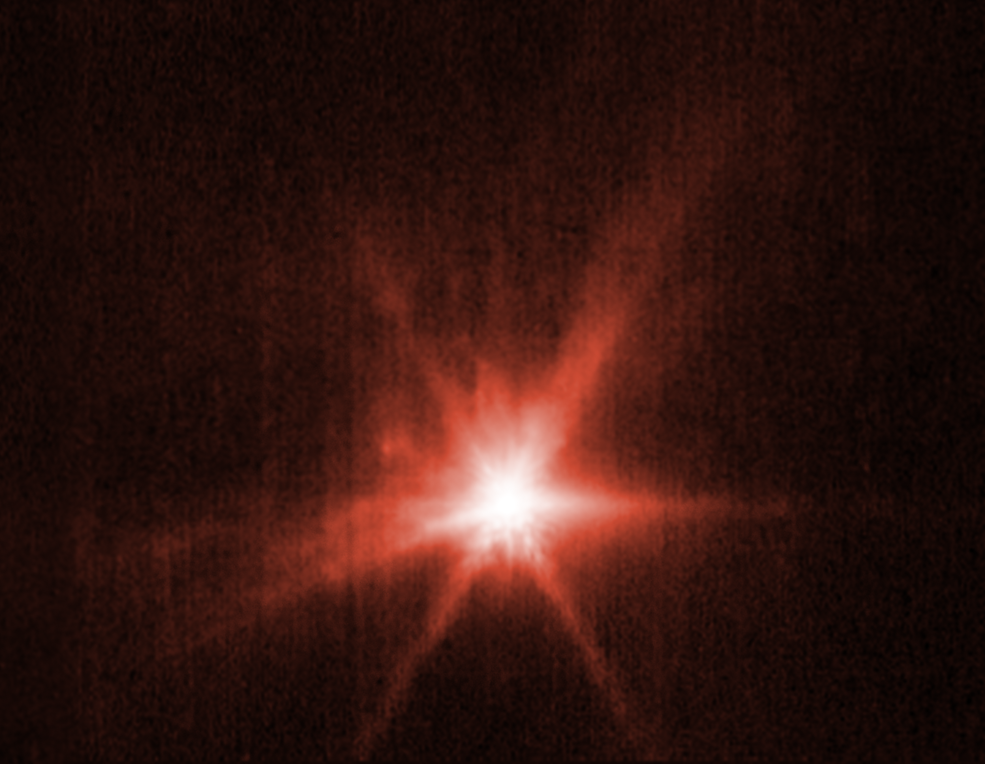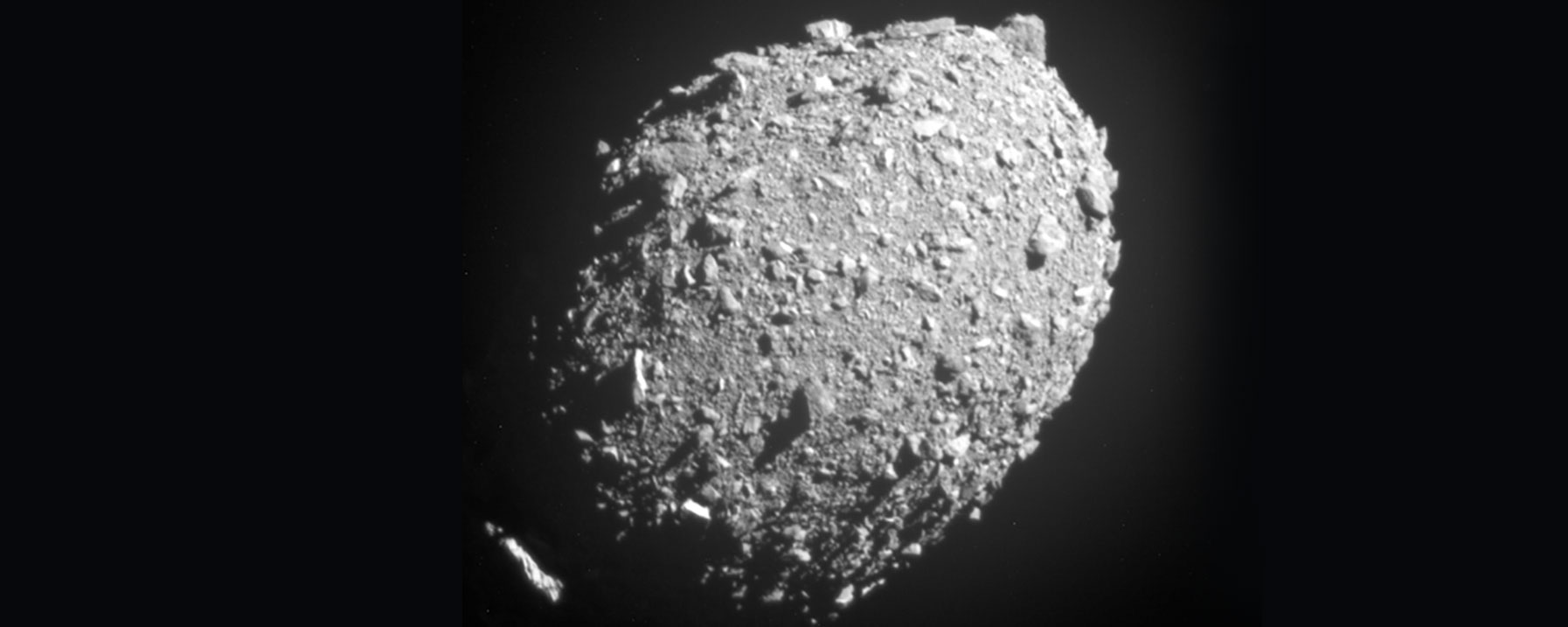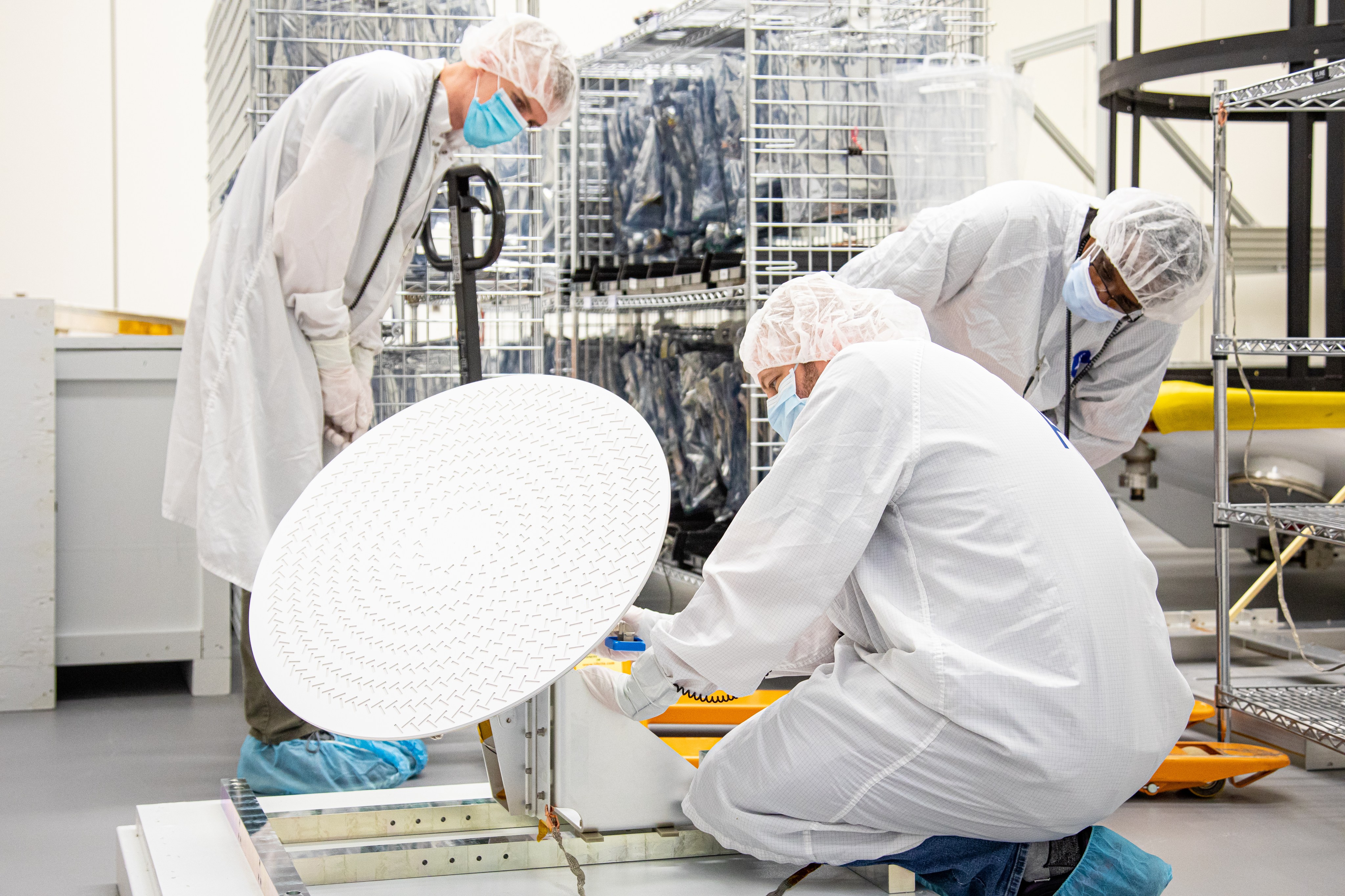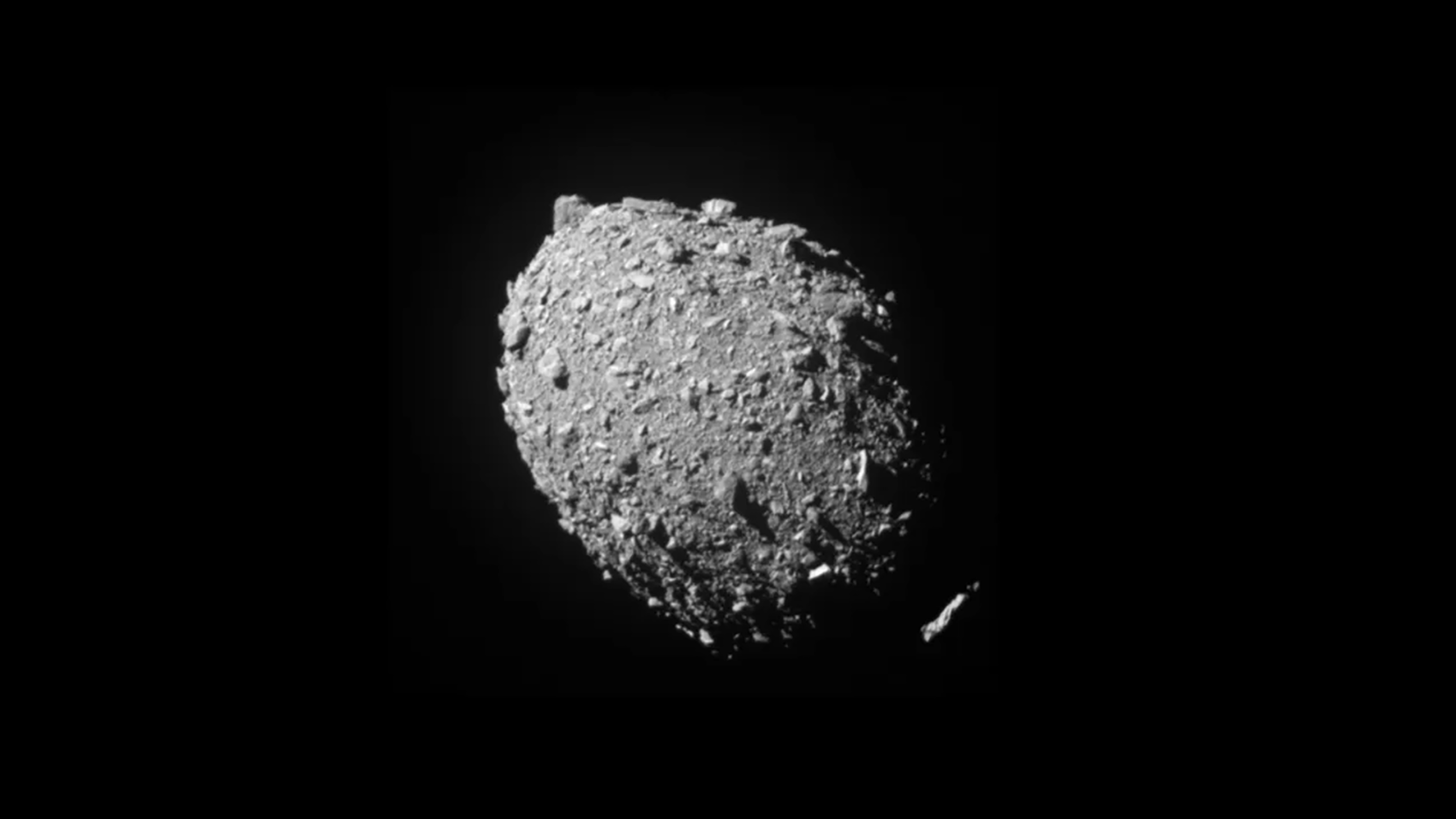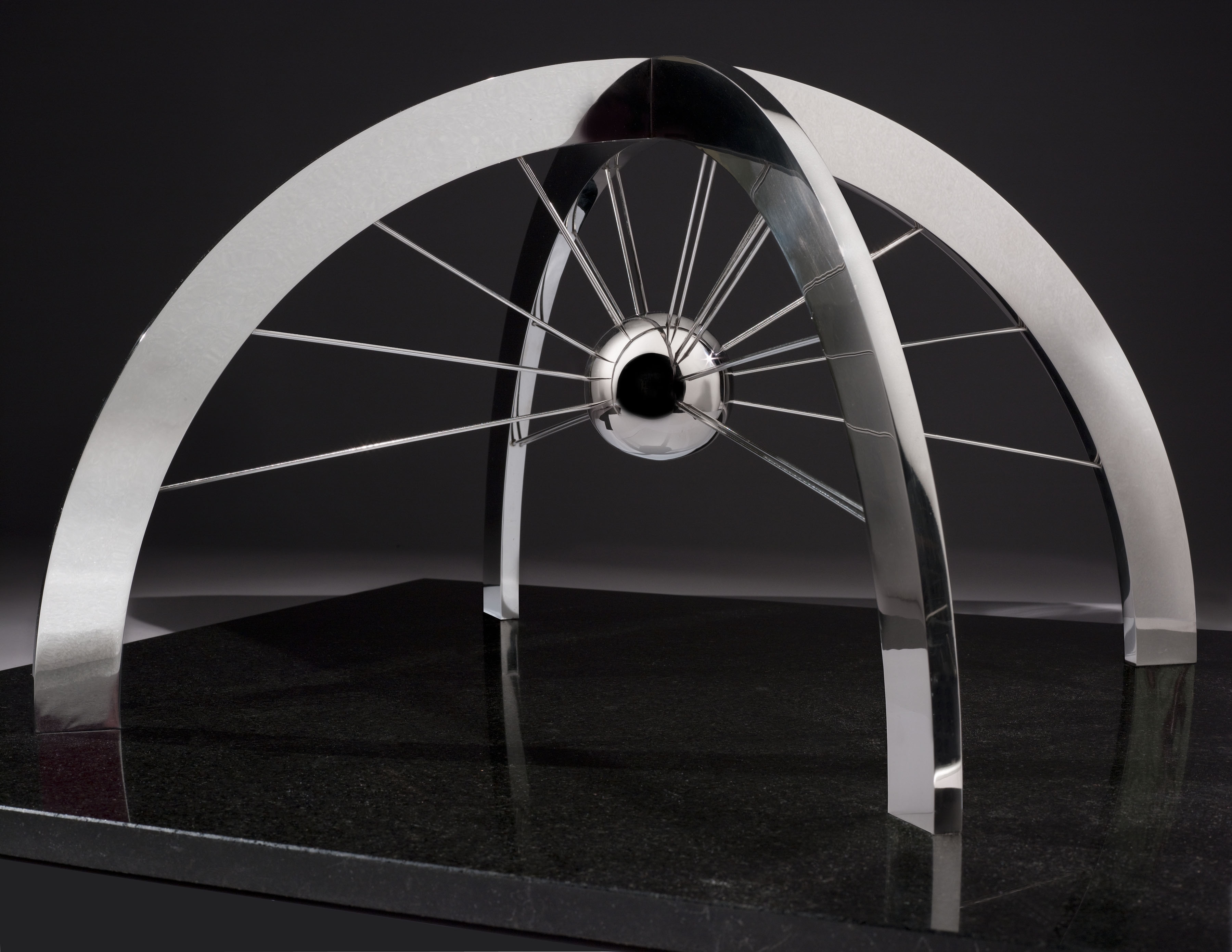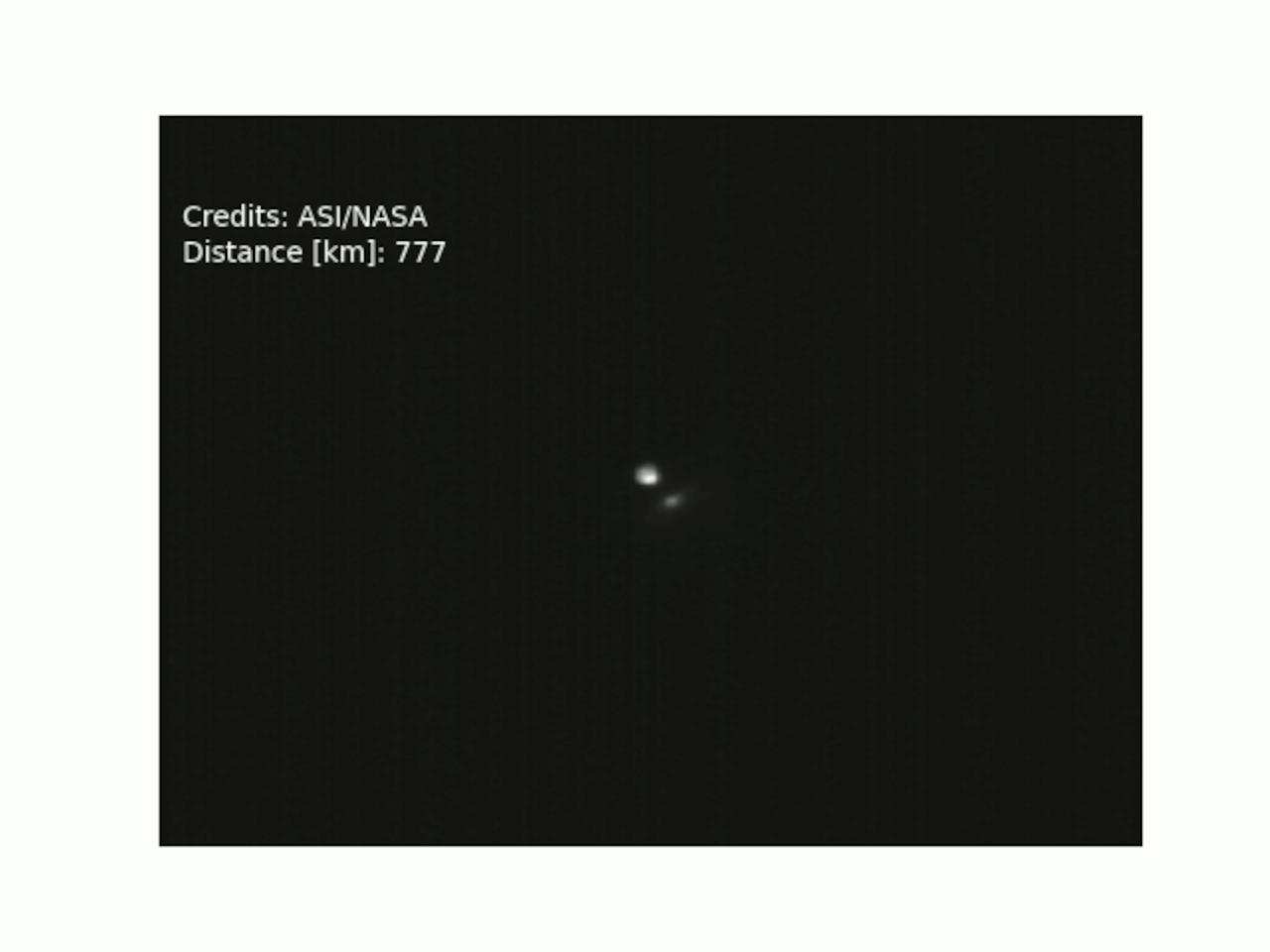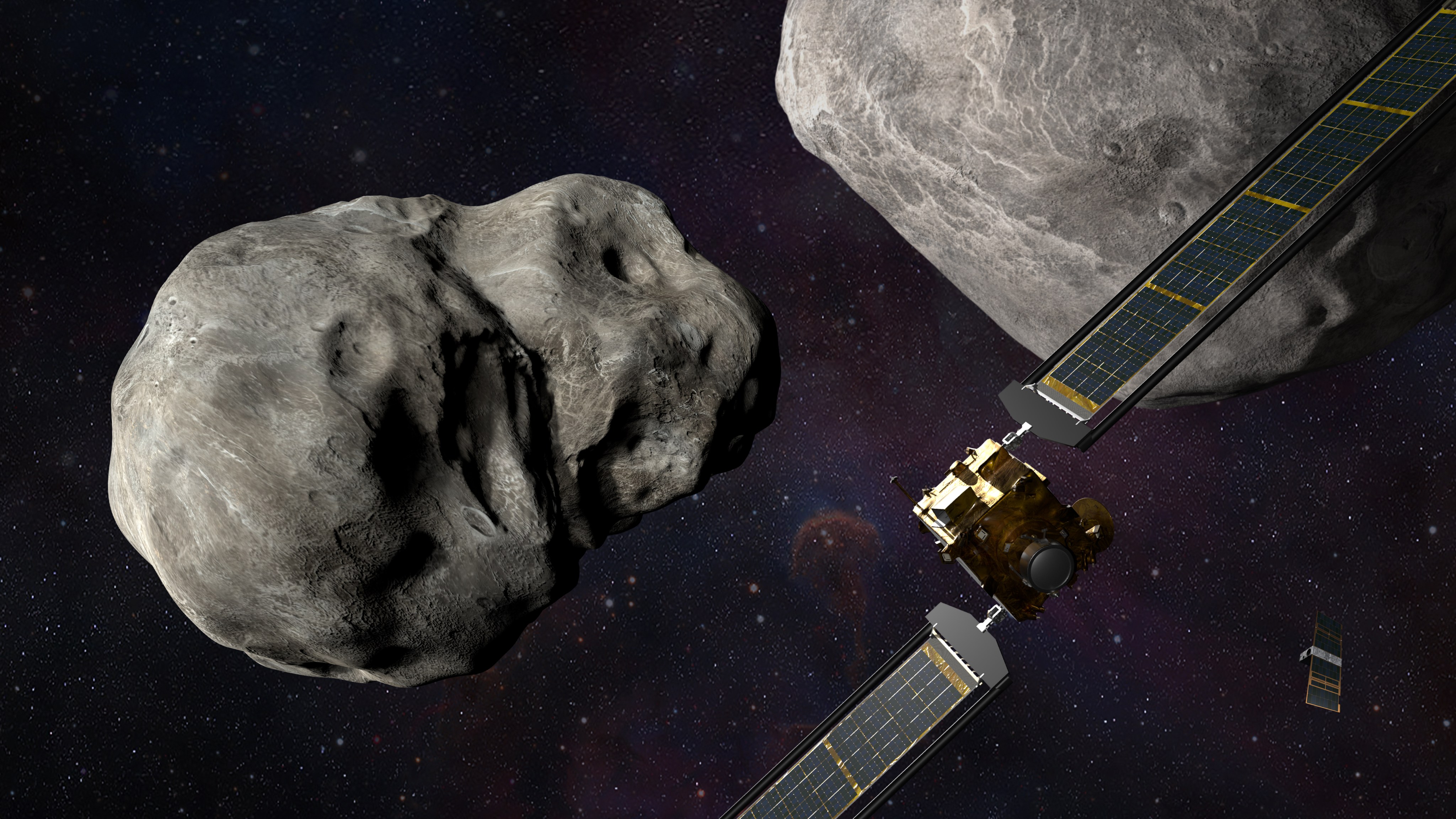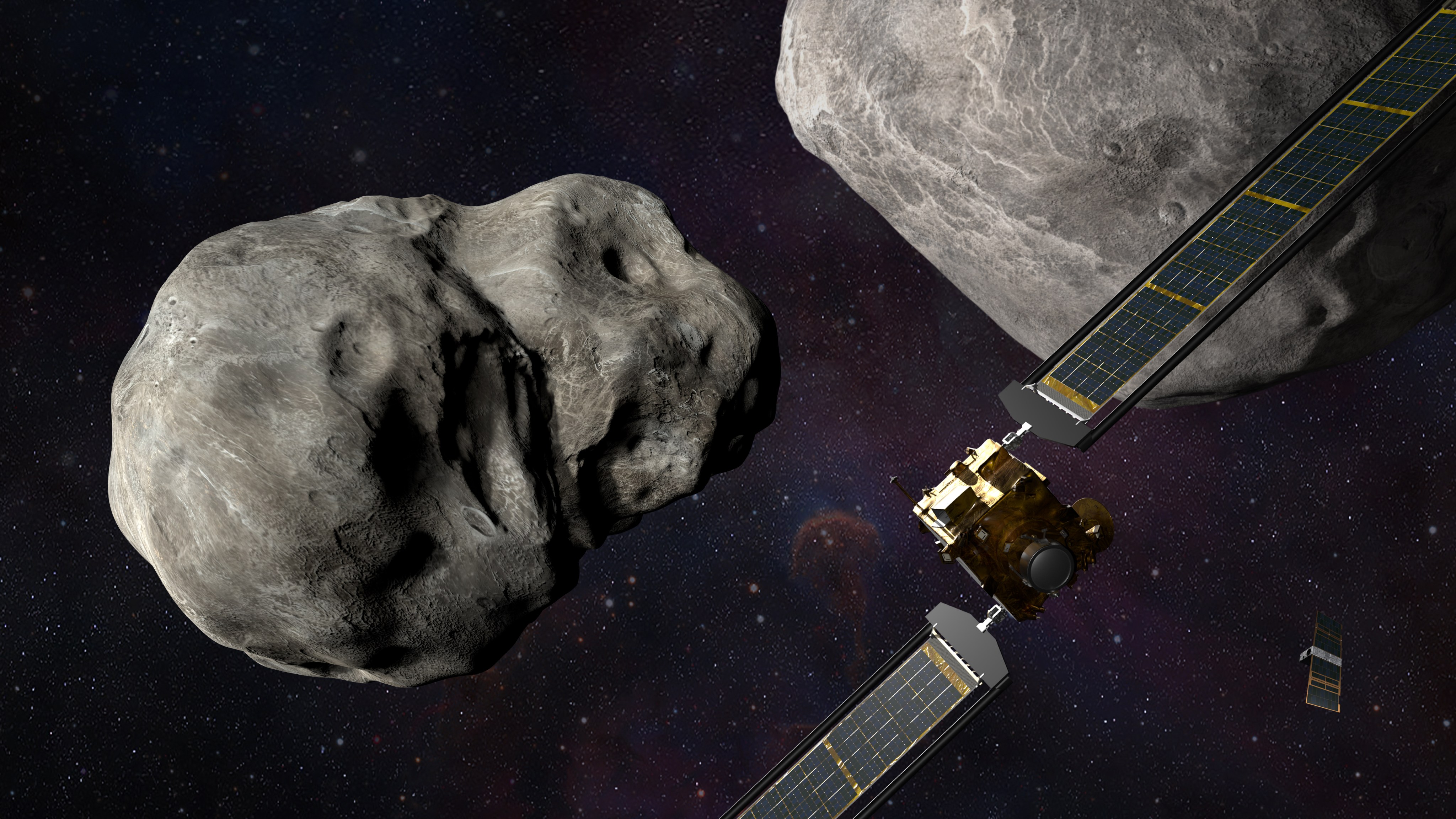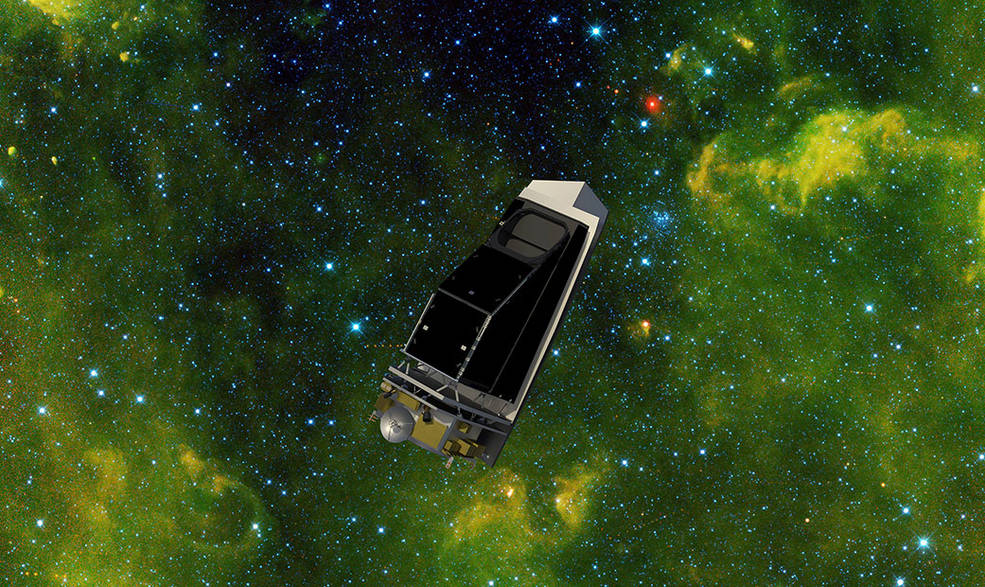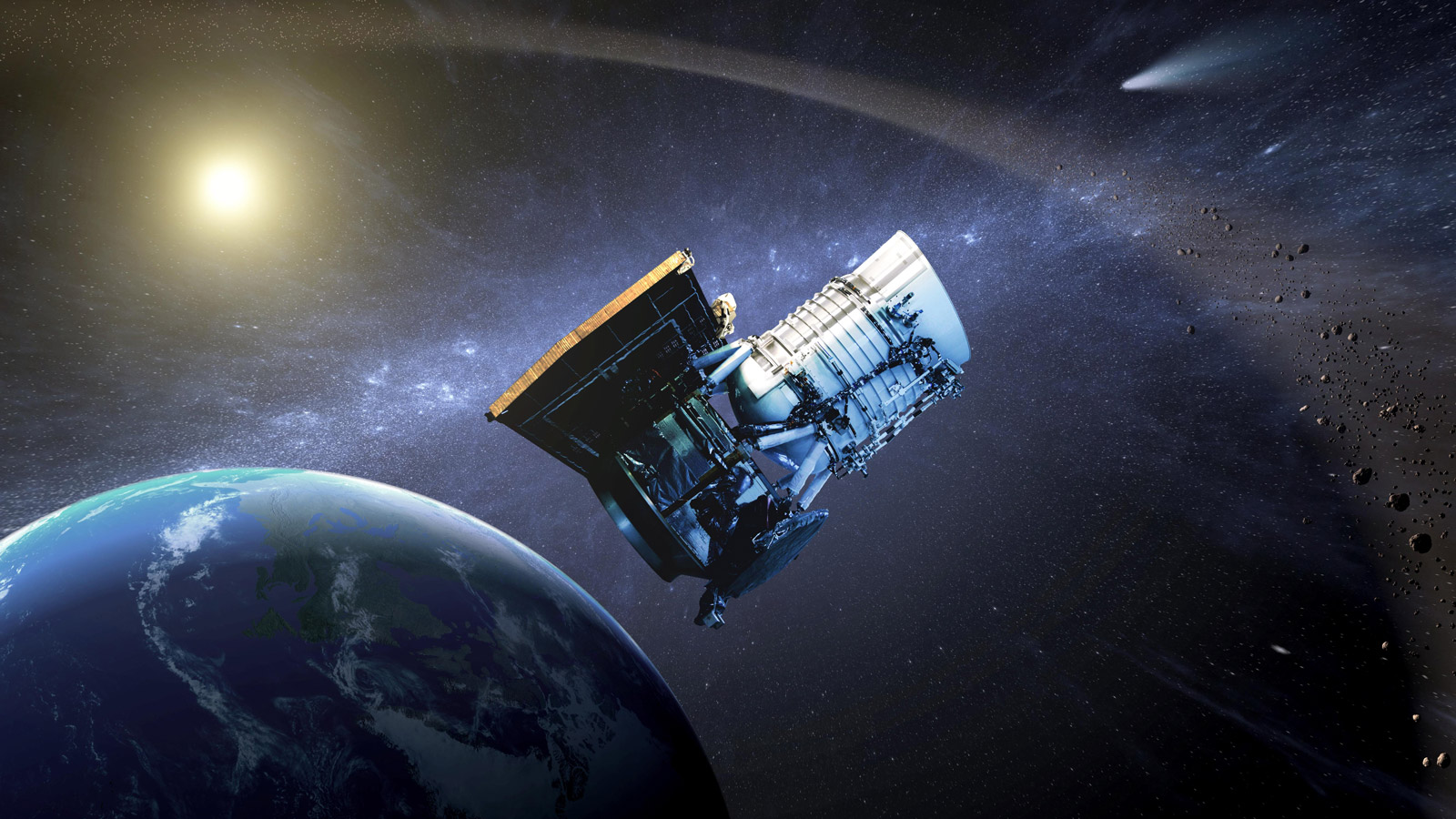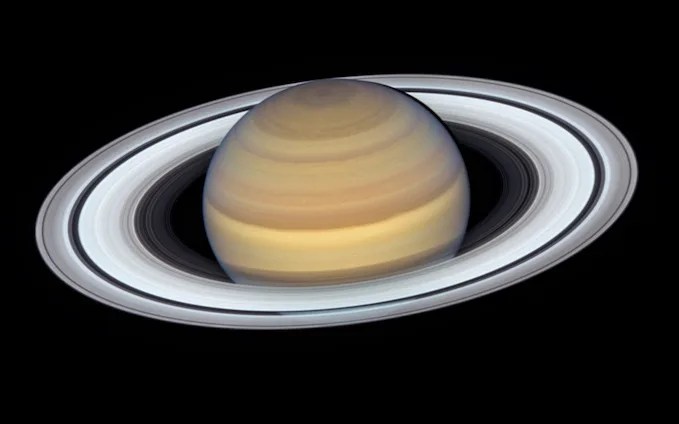NASA’s Double Asteroid Redirection Test (DART), built and managed by the Johns Hopkins Applied Physics Laboratory (APL) for NASA’s Planetary Defense Coordination Office (PDCO), was the world’s first planetary defense technology demonstration that validated one technique of asteroid deflection using a kinetic impactor spacecraft. Launched November 24, 2022, on a SpaceX Falcon 9 rocket from Space Launch Complex 4 East at Vandenberg Space Force Base in California, DART traveled for over 10 months before intentionally colliding with the asteroid moonlet Dimorphos, a small celestial object just 530 feet (160 meters) in diameter. Dimorphos orbits a larger 2,560-foot (780-meter) asteroid called Didymos and is part of the Didymos binary asteroid system. Neither Didymos nor Dimorphos pose an impact threat to Earth before or after DART’s kinetic impact demonstration.
The mission’s one-way trip confirmed NASA can successfully navigate a spacecraft to intentionally collide with an asteroid to change its orbital path. DART’s sole instrument, the Didymos Reconnaissance and Asteroid Camera for Optical navigation (DRACO) – working together with a sophisticated guidance, navigation and control system that worked in tandem with Small-body Maneuvering Autonomous Real Time Navigation (SMART Nav) algorithms – enabled DART to identify and distinguish between the two asteroids, target the smaller object, and guide the 1,260-pound (570-kilogram) box-shaped spacecraft through the final 56,000 miles (90,000 kilometers) of space into Dimorphos at roughly 14,000 miles (22,530 kilometers) per hour. Final DRACO images obtained by the spacecraft seconds before impact revealed the surface of Dimorphos in close-up detail. Fifteen days before impact, DART’s CubeSat companion Light Italian CubeSat for Imaging of Asteroids (LICIACube), provided by the Italian Space Agency, deployed from the spacecraft to capture images of DART’s impact and of the asteroid’s resulting cloud of ejected matter.
In the weeks following DART’s kinetic impact, when the asteroid pair was within 7 million miles (11 million kilometers) of Earth, a world-wide team of astronomers used dozens of telescopes stationed around the world and in space to study the Didymos asteroid system. After further analysis, NASA confirmed that DART’s hypervelocity impact with Dimorphos successfully altered Dimorphos’ orbit around Didymos, marking humanity’s first time purposely changing the motion of a celestial object and the first demonstration of asteroid deflection technology. Prior to DART’s impact, Dimorphos orbited Didymos once every 11 hours and 55, and DART’s hypervelocity impact shorted this time to 11 hours and 23 minutes – a difference of 32 minutes. This deflection is the result of DART’s kinetic impact and the “ejecta” – the many tons of asteroidal rock displaced and launched into space by the impact. The recoil from this blast of debris substantially enhanced DART’s push against Dimorphos – a little like a jet of air streaming out of a balloon sends the balloon in the opposite direction.
The success of DART is helping to advance theoretical asteroid deflection models and enabling researchers to better understand how – and when – a kinetic impactor spacecraft could be used to deflect an Earth-bound asteroid. However, more research is still needed to fully understand if a kinetic impactor spacecraft would be as effective in mitigating against a more solid object than rubble-pile Dimorphos that would eject less material into space upon collision by a spacecraft. Thus, we must continue to test other deflection techniques to have a varied planetary defense arsenal of response options that would best address the type of object we might have to deflect.
Relevant Links and Resources
Relevant Mission Releases
- NASA, SpaceX Launch DART: First Test Mission to Defend Planet Earth
- NASA’s DART Mission Hits Asteroid in First-Ever Planetary Defense Test
- NASA DART Imagery Shows Changed Orbit of Target Asteroid
- NASA Confirms DART Mission Impact Changed Asteroid’s Motion in Space
- NASA’s DART Data Validates Kinetic Impact as Planetary Defense Method
DART News
Media
